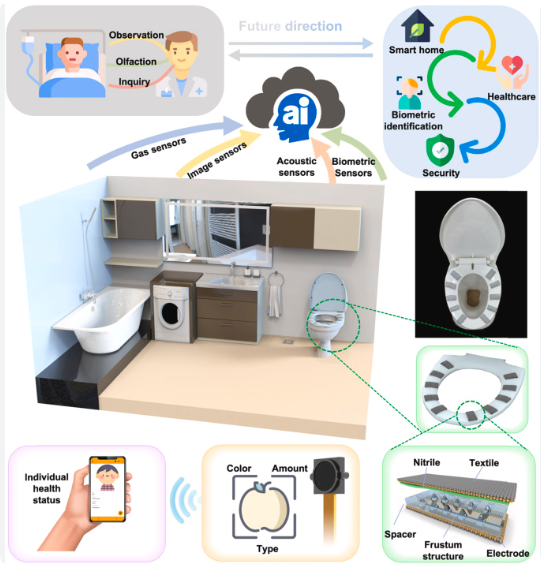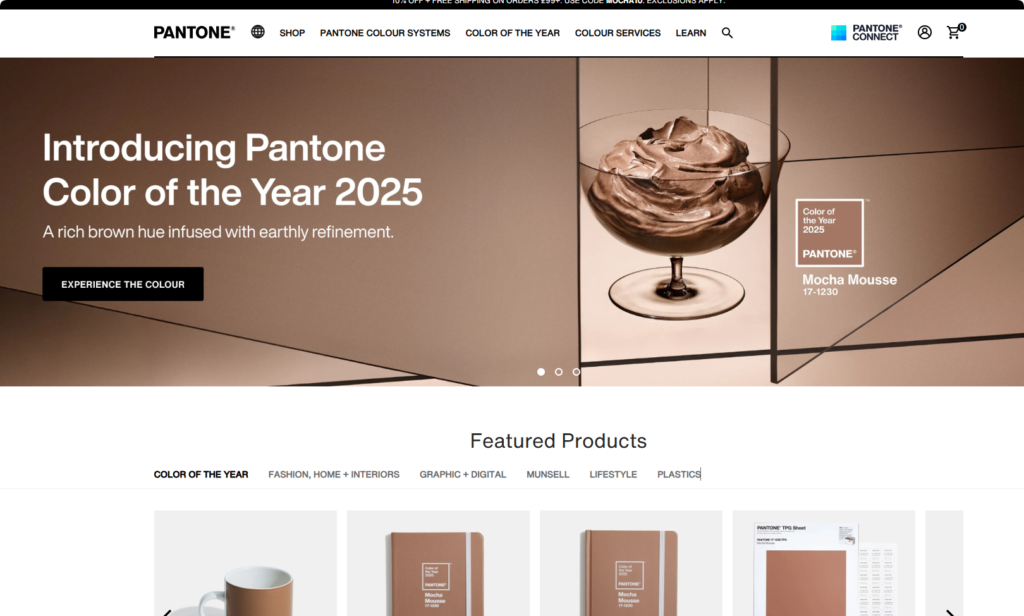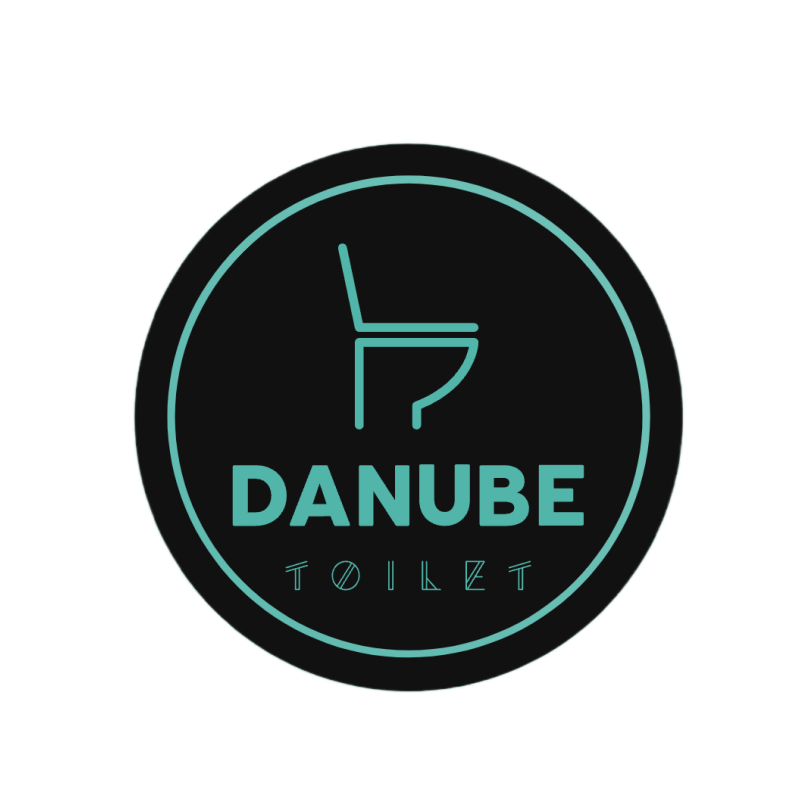The bathroom industry has witnessed rapid innovations in recent years, particularly in the adoption of smart toilets. These high-tech alternatives to traditional toilets offer not just enhanced comfort but also functionalities that make them an appealing choice for modern homes and businesses. This article will provide an in-depth comparison between smart toilets and traditional toilets, analyze their global market distribution, explore their potential future applications, and discuss how Pantone’s 2025 color trends might influence purchasing preferences. Finally, we’ll introduce Danube’s B2B services, which cater to large-scale supermarket buyers and small-batch e-commerce sellers.
1. Functional Differences Between Smart Toilets and Traditional Toilets
Traditional Toilets
Traditional toilets are simple, cost-effective solutions that have been used globally for decades. Their design is straightforward, relying on basic flushing mechanisms.
Key Features of Traditional Toilets:
- Design: Basic structure with a flushing lever or button.
- Water Usage: High water consumption, typically 6–12 liters per flush.
- Ease of Maintenance: Requires manual cleaning and unclogging.
- Affordability: Most models range from $50 to $200, making them accessible for households globally.
- Limited Innovation: Focused on durability and affordability rather than added functionalities.
Smart Toilets
Smart toilets integrate advanced technologies, offering features that enhance convenience, hygiene, and environmental sustainability.
Key Features of Smart Toilets:
- Design: Sleek, modern aesthetics with motion sensors and digital controls.
- Water Efficiency: Advanced flushing systems such as dual-flush or vacuum-assist use as little as 3 liters per flush.
- Additional Features: Heated seats, bidets, air dryers, automatic deodorization, and self-cleaning functionalities.
- Smart Integration: Bluetooth connectivity, app controls, and even AI-enabled health monitoring.
- Price Range: Higher cost, ranging from $300 to $2,500 per unit.
Comparison Table: Smart Toilets vs Traditional Toilets
| Feature | Traditional Toilets | Smart Toilets |
|---|---|---|
| Design | Basic | Advanced, tech-enabled |
| Water Usage | 6–12 liters per flush | 3–6 liters per flush |
| Hygiene | Manual cleaning required | Self-cleaning features |
| Energy Use | None | Requires electricity |
| Cost | $50–$200 | $300–$2,500 |
2. Global Market Distribution of Smart and Traditional Toilets
Asia-Pacific
The Asia-Pacific region leads the smart toilet market, with countries like Japan, South Korea, and China being early adopters. Japan alone accounts for over 70% of global smart toilet usage. Cultural preferences for hygiene and comfort drive demand in this region.
North America
Smart toilet adoption is growing steadily in North America, particularly in luxury homes and eco-conscious households. The emphasis on water conservation and modern aesthetics aligns with consumer values.
Europe
Europe is witnessing moderate growth in the smart toilet market, driven by sustainability goals and an increasing focus on energy-efficient appliances. Scandinavian countries, in particular, show a strong preference for minimalist smart designs.
Developing Regions
In Africa, South Asia, and parts of Latin America, traditional toilets remain dominant due to their affordability and minimal infrastructure requirements.
Market Insights:
- Developed Markets: Favor smart toilets due to advanced features and growing awareness of hygiene.
- Emerging Markets: Continue to rely on traditional toilets but are gradually adopting mid-tier smart features like dual-flush systems.
3. The Future of Smart Toilets: AI and Beyond
As artificial intelligence (AI) continues to revolutionize the tech industry, smart toilets are becoming more versatile. Future advancements could include:
- Health Monitoring Systems
Smart toilets equipped with AI could analyze users’ waste to detect early signs of health issues, such as diabetes, kidney problems, or infections.

- Voice-Controlled Features
AI-powered voice assistants (e.g., Alexa or Google Assistant) could allow users to adjust settings hands-free.

- Energy Optimization
Smart systems could learn user habits and automatically switch to energy-saving modes when not in use. - Integration with Smart Homes
Smart toilets could integrate with home automation systems, adjusting lighting, music, or ambient temperature for a personalized experience. - Eco-Friendly Design
AI could optimize water and electricity usage, making smart toilets an even more sustainable choice.
4. Pantone’s 2025 Color Trends and Smart Toilet Market Preferences
Pantone’s 2025 Trending Colors
Pantone’s forecast for 2025 emphasizes earthy tones, neutral palettes, and minimalistic styles. These trends directly influence bathroom product designs, especially in regions where aesthetics play a crucial role in purchasing decisions.

Color Preferences by Region
- North America & Europe: Favor neutral tones such as off-white, beige, and gray for a modern, clean look.
- Asia-Pacific: Bright and bold colors like navy blue and emerald green resonate with luxury buyers.
- Middle East & Africa: Earthy shades such as terracotta, sand, and deep brown align with traditional interiors.
- Latin America: Vibrant hues like teal and pastel pink reflect cultural vibrancy.
Recommendation for Buyers
Danube can help B2B clients customize smart toilets and traditional toilets in Pantone’s trending colors to capture diverse markets.
5. Danube’s B2B Services: Tailored Solutions for Buyers
Danube offers customized services for different buyer segments:
ODM Services for Large-Scale Buyers
- Target Audience: Supermarket chains and large-scale distributors.
- Capabilities: High-volume production with options for customized branding and features.
- Customization: Unique designs, advanced technologies, and region-specific product offerings.
OEM Services for Small-Batch Buyers
- Target Audience: Cross-border e-commerce sellers and boutique retailers.
- Capabilities: Flexible production for smaller orders, catering to niche markets.
- Customization: Color matching, feature integration, and personalized packaging.
Why Choose Danube?
- Expertise: Decades of experience in manufacturing toilets and sanitary products.
- Global Reach: Efficient shipping and logistics to cater to clients worldwide.
- Innovation: Regularly updated product lines to stay ahead of market trends.
Conclusion
Smart toilets and traditional toilets serve distinct purposes in today’s market, but the trend is clear: as technology evolves, the demand for smart toilets will continue to grow. By understanding regional preferences, leveraging AI advancements, and aligning with Pantone’s color trends, businesses can stay ahead of the curve. For B2B buyers, Danube’s tailored ODM and OEM services make it an ideal partner for tapping into global markets.
